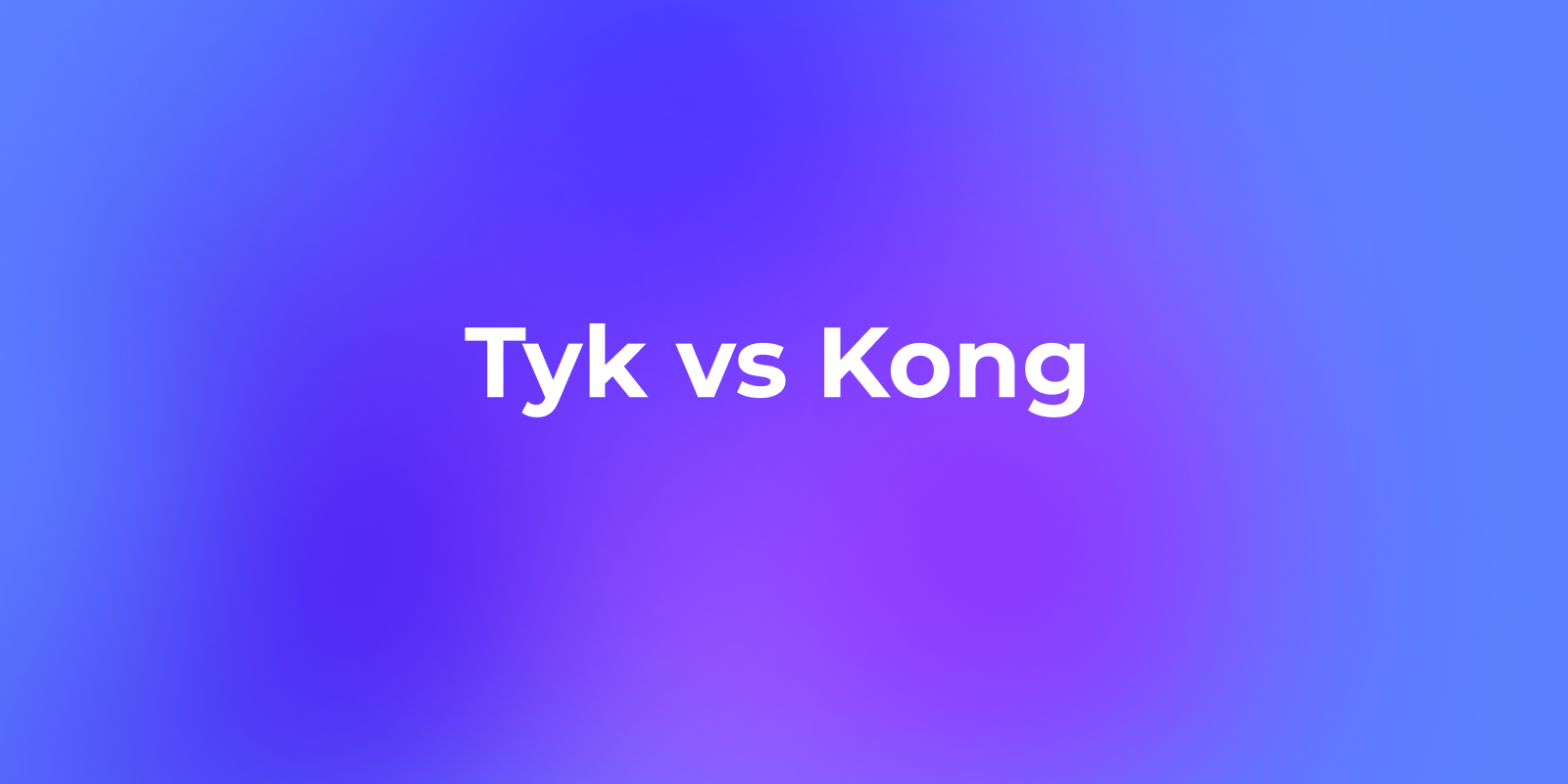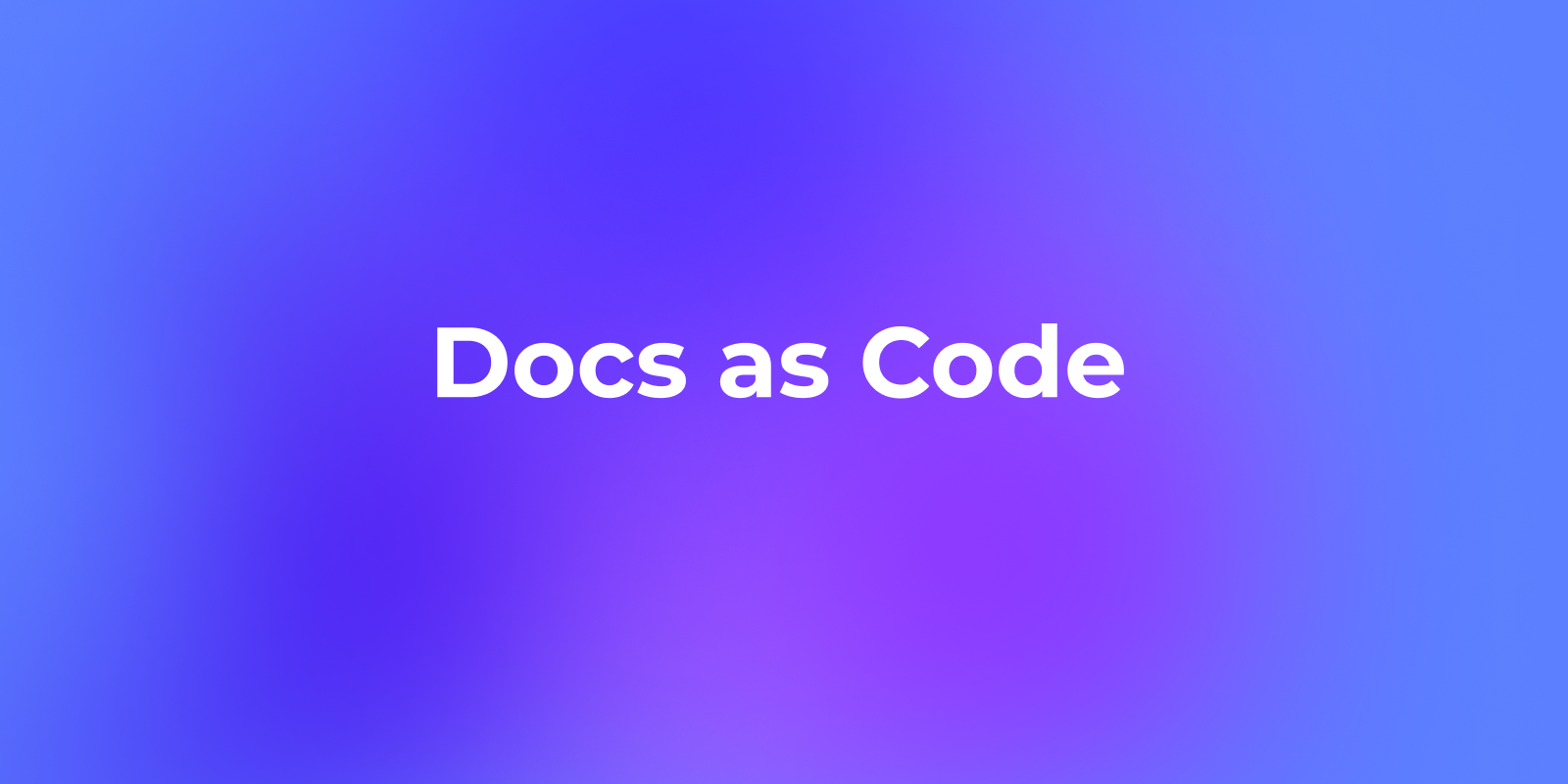
In the realm of web services, the Jakarta SOAP API stands out as an open-source tool for enabling communication and data exchange between diverse applications. The Jakarta SOAP API excels in helping technology and software developers create cloud-native Java applications.
Understanding Jakarta SOAP API
To fully grasp what truly is the Jakarta SOAP API, also known as the Jakarta EE, make sure to give the following sections a good read.
What is SOAP Protocol?
SOAP, or Simple Object Access Protocol, is one of the most commonly used API protocols for exchanging structured information in web services. The SOAP protocol enables a trustable method for messages to be sent and received between systems, organizations, and various third parties.
Significant Features of SOAP APIs
Message Format and Structure:
XML-Based Protocol: SOAP relies on XML (eXtensible Markup Language) as its message format. This choice provides a standardized and platform-independent way to structure data, making it suitable for diverse environments. XML is a markup language used for data relay between two applications or systems.
Envelope, Header, and Body: SOAP messages consist of an envelope that encapsulates the entire message and identifies the XML document as a SOAP message, a header element for header information, a body element containing the call and response information, as well as an optional fault element containing errors and status information. This modular structure allows for flexibility and extensibility in defining the content of messages.
Protocol Neutrality:
Transport Layer Independence: SOAP is designed to be independent of the transport layer, allowing it to work with various protocols, including HTTP, SMTP, and more. This independence enhances interoperability, as SOAP-based web services can be accessed through different communication protocols, allowing SOAP APIs to be flexible.
Communication Styles:
Synchronous and Asynchronous Communication: SOAP supports both synchronous and asynchronous communication models - covering what HTTP fails to do. In asynchronous communication, it's easier to keep records of messages, and it can be viewed by both parties at different times.
Why Use Jakarta SOAP API?
Java Integration
Jakarta SOAP API is made specifically for Java applications, making it a popular choice for Java developers. It seamlessly integrates with Java applications and allows developers to utilize their existing Java skills, becoming more productive in the long run.
Standardization
Jakarta SOAP API adheres to SOAP standards and specifications. This compliance with standards ensures consistency and interoperability with other SOAP-based web services, regardless of the programming language or platform used on the other end. Standardization facilitates the development of robust and reliable systems.
Enterprise-Level Features
If you're looking for large-scale data transfers, Jakarta SOAP API is a good choice. It provides rich features, such as support for Web Services Description Language (WSDL), WS-Security for enhanced security, and a structured message format.
Interoperability
Jakarta SOAP API boasts interoperability through the support of various types of transport protocols while complying with software development industry standards. This flexibility allows other SOAP-based web services to interact with Jakarta SOAP API, communicating seamlessly with services implemented in different languages and running on different platforms.
Security
Jakarta SOAP API offers built-in support for security features through the WS-Security specification. This makes it suitable for applications where secure communication and data integrity are critical, such as in financial transactions, healthcare, or government systems.
Common Use Cases for Jakarta SOAP APIs
Enterprise Integration
Jakarta SOAP API plays an important role in enterprises through the facilitation of seamless communication between distinctive systems within an organization, enabling seamless data exchange and collaboration.
Web Services for Mobile Applications
Developers often select Jakarta SOAP API to build web services that can uphold the data transfer requirements for mobile applications. This is particularly valuable in scenarios where multiple platforms must interact and share information, especially where a lot of applications utilize asynchronous communication.
Financial Transactions
In the financial sector, where secure and standardized communication is crucial, Jakarta SOAP API finds applications in handling transactions, accessing financial data, and ensuring the integrity of financial services.
Government Systems
Government agencies leverage Jakarta SOAP API to build robust and interoperable systems for sharing information and providing online services.
Healthcare Integration
In the healthcare industry, the Jakarta SOAP API is utilized for integrating diverse systems, such as electronic health records (EHR) and medical information systems, ensuring secure data exchange for better patient care and privacy.
Using Apidog to Design SOAP APIs
SOAP APIs usually come in the form of a WSDL (Web Service Description Language) file that is usually XML-based. In the case that you already are working on a SOAP API that complies with SOAP API specifications, you can try to export them into a WSDL file over into Apidog!

Arrow 1 - First, press the "Settings" button found on the vertical sidebar.
Arrow 2 - Next, select the "Import Data" tab found under the "Data Management" section.
Arrow 3 - Lastly, select the "WSDL" button under the "Manual" section. You can drag in the WSDL file or click the bottom portion under Arrow 3 to select the WSDL file from your computer directory.
After following the steps above, you should be able to see a new API request on the left section of the Apidog application window.
Using Apidog to Debug SOAP APIs
Aside from importing WSDL files, you can also turn them into requests on SOAP APIs. Additionally, Apidog allows you to debug these SOAP APIs in case there are any errors or faults. To do so, you can follow these steps:

Arrow 1 - Select the SOAP API request that you have imported from the previous section. It should have a lightning symbol to indicate that it is a request. (In Apidog, it is also considered an API use case!)
Arrow 2 - On the section bar below the HTTP method specification, select the "Body" section
Arrow 3 - Below the "Body" section, there is another set of languages that you can select. Since SOAP APIs are written in XML language, select "xml".
Arrow 4 - You can edit or debug what is available in the "xml" section!
Conclusion
The Jakarta SOAP API stands as a reliable and versatile solution for Java developers seeking to implement SOAP-based web services. Its platform independence, interoperability, extensibility, and security features make it a preferred choice in various industries.



